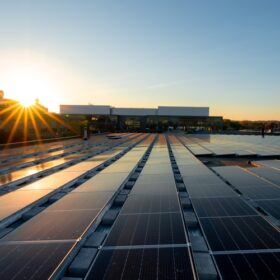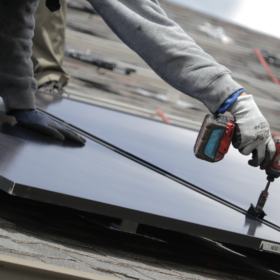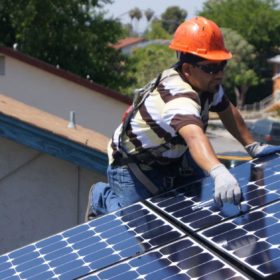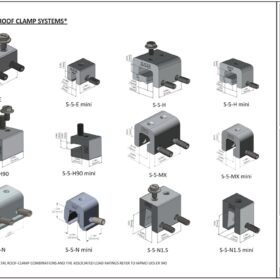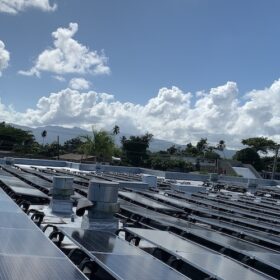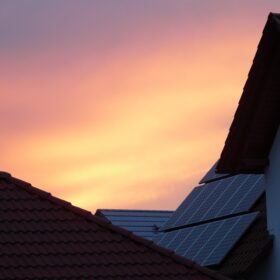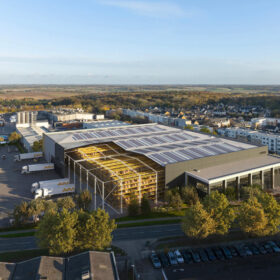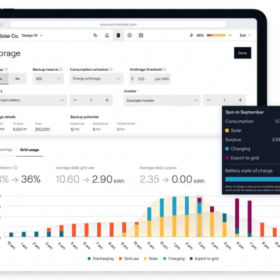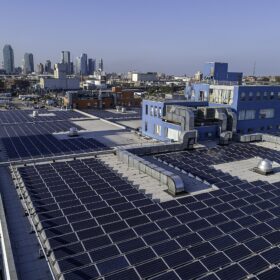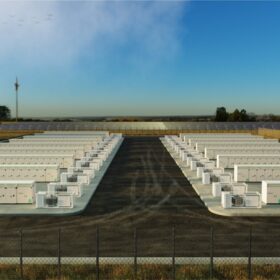Why rooftop solar’s emissions math is changing
As clean energy grows, so do the limits of how it’s measured. A new Nature Climate Change study warns that rooftop solar’s emissions impact is shrinking as the grid cleans itself.
Streamlining rooftop solar permitting could cut costs by 61%
Permit Power finds that by reducing bureaucratic barriers to residential solar, nearly 20 million more families in the U.S. could install solar by 2040, leading to $1.2 trillion in lifetime bill savings.
Simplify Solar volunteer campaign launches across the U.S.
A volunteer-based initiative is collecting data on how towns handle residential solar permits with the hope of pushing local officials to cut red tape, reduce costs and speed clean energy installations.
Why small-scale, non-utility solar is important
Behind-the-meter solar for homes, businesses, and communities comes with numerous benefits, said a paper from Stanford engineering professor Mark Jacobson.
Solar metal roof mount approved for Florida hurricane zones
S-5! has received Florida Building Code approval for its PVKIT system to be used in high-velocity hurricane wind regions.
Court orders FEMA to consider distributed solar and storage for Puerto Rico hurricane recovery
“We look forward to FEMA’s new review,” said an attorney for the plaintiffs. Up to $11 billion in federal funds may still be available for Puerto Rico to recover from grid damage sustained from 2017’s Hurricane Maria.
Idaho drops solar compensation rates by 31%
After utility Idaho Power proposed paying 60% less for the energy it buys from rooftop solar owners, the utilities commission landed about in the middle, deciding to cut net metering rates by 31%.
Efficiency first: How commercial real estate owners can thrive with solar
Amid soaring demand and shrinking solar subsidies, taking an efficiency-focused approach to energy management can offer a pathway to project success.
The era of cookie cutter solar has come to a close. Did it ever start?
Once shorthand for fast, uniform installs, “cookie-cutter solar” is giving way to site-specific, storage-integrated systems.
SunPower adds Sunder Energy to its mounting sales empire
A reformulated, longtime top-tier brand, SunPower says its acquisition of a Utah-based residential solar company will expand its sales presence from 22 to 45 states.
